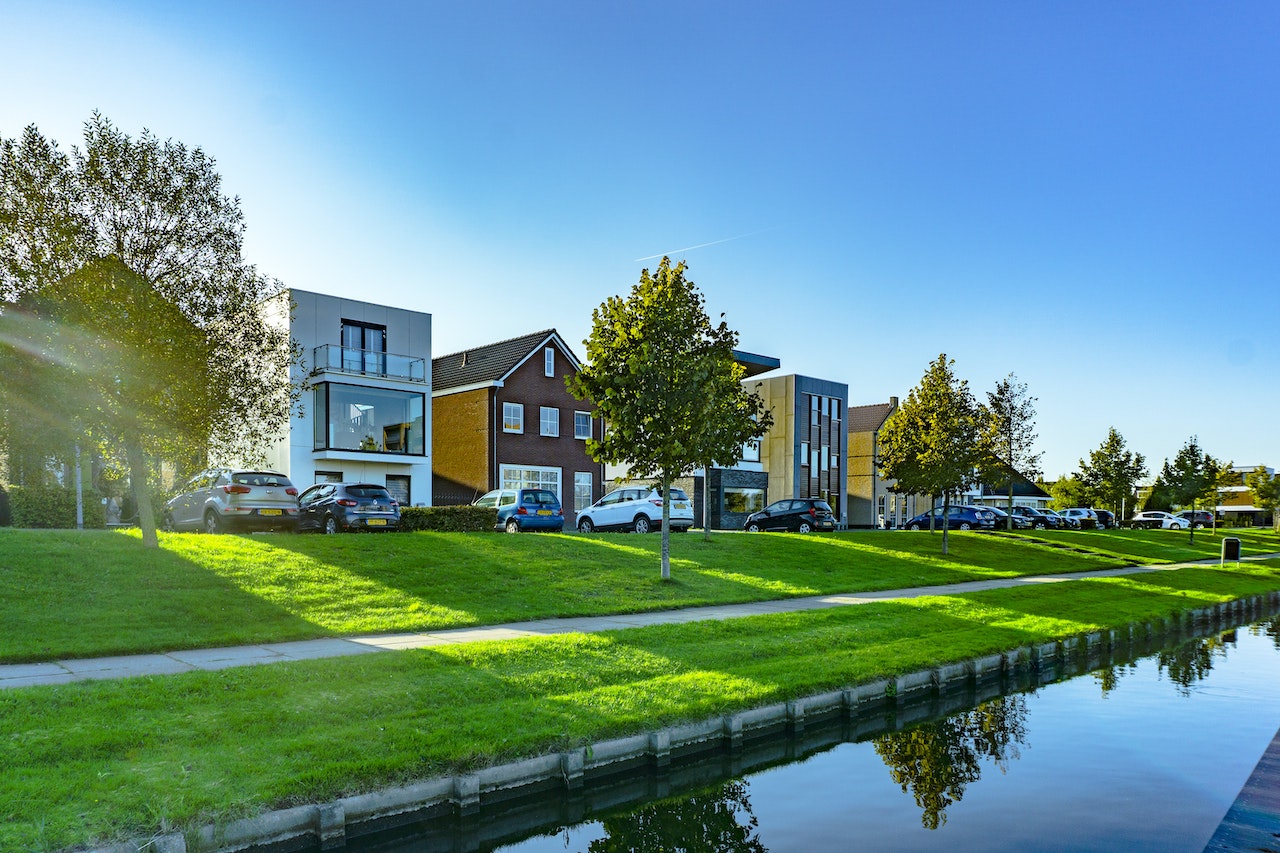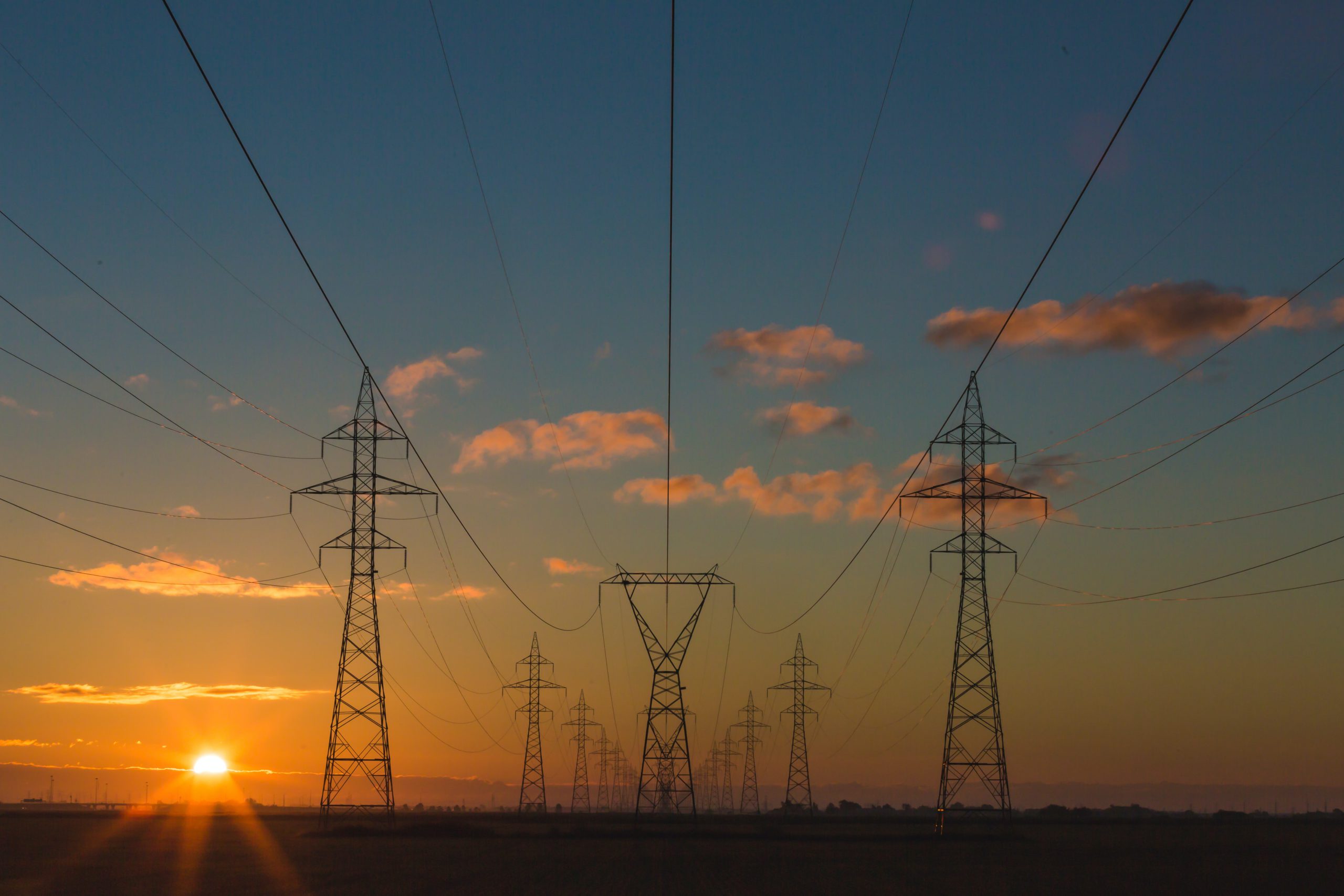
By Michael Jary, Managing Director EMEA & APAC for Sense
Grid edge intelligence is generating huge interest in the energy sector. Advances in technology and AI make this a compelling new approach to delivering the energy transition. By combining high resolution data, improved connectivity, and edge processing, this technology is helping expand capacity and reduce operating costs. By providing first visibility and then control, it is helping to deliver a faster, more cost efficient energy transition. With millions of next generation smart meters starting to roll out with this capability in North America, decision makers in Europe are now giving the technology serious consideration for imminent rollouts.
So how does it work?
Intelligent machine learning software can run within next-generation smart meters. By analysing high-resolution energy data within the meter processor, the AI software detects patterns and anomalies in the voltage and current. This advanced pattern recognition enables more effective monitoring of the distribution network. High resolution data is the crucial advance. Without streaming sampling of over 6kHz, then much of the new insight and control is not possible. To future proof, the best data feed is analogue which can be converted into higher digital resolution of 1MHz on a dedicated ASIC. However, if high resolution data is in place, specific appliances drawing power can be detected and measured in real time, based on their unique electrical signature. Ground, line to line, and connection faults can be identified and located.
This new visibility spans from the primary side through to the secondary side, all the way to behind the meter – an area that is usually invisible today to grid operators. Intelligence at the edge of the grid provides deeper insight, allowing DNOs to address a number of problems and shift from reactive to proactive management.
No additional hardware or smart connections are required. Since this high resolution processing happens largely within the meter itself, cloud costs and latency are kept low. Sense analyses the high resolution data at the grid edge, only issuing alerts and insight, when necessary, into DNO backend systems.
Unprecedented Grid Visibility
The pressures of climate change demand a rapid and cost-efficient energy transition. The electrification of heat and transport is a vital component, whilst generation continues to shift from the dispatchable to the unpredictable, and from the centre to the edge. The distribution grid has not been built for this new reality. The rapid penetration of electric vehicles threatens to overwhelm grid assets, whilst the network becomes more difficult to balance as distributed energy resources are installed beyond the reach of existing monitoring equipment. Grid readiness threatens to be the bottleneck that slows the adoption of these technologies, impeding the transition itself.
The initial step to resolving this first lies in visibility. Previously grid monitoring equipment had little need to see all the way to the grid edge. The local network was sized for demand, and generation was overwhelmingly centralised in origin. This has now changed. High and growing penetration of solar can trigger peaks and troughs in voltage and frequency as a cloud passes overhead. A mere second or third EV on a transformer risks overload. Heat pumps will add to this challenge. Now grid operators need to see all the way to the meter and beyond.
By running its software in the smart meter, Sense can provide visibility all the way from behind the meter, through the secondary and into the primary side. Sense can accurately and reliably detect EV’s, heat pumps, solar generation, and a long list of other major appliances drawing power in the home. Grid operators can identify a transformer that is about to be overloaded by a surge in EV charging and intervene before there is a disruptive and costly failure. Grid operators can respond and react to a localised spike in voltage or frequency as the clouds part and a wave of solar panels start generating power.
In addition, power quality and total harmonic distortion insight can be enhanced. Poor power quality can damage equipment, reduce efficiency and cause failures across the grid. Harmonic distortion caused by multiple EV’s charging simultaneously within a community could lead to overheating in transformers or other grid equipment unable to handle the spike. Enhanced processing within the smart meter can monitor the low voltage network with greater precision, with real-time data on power quality, harmonics, voltage, and frequency right to the edge of the grid.
The value of this visibility lies not only in the immediate management of the grid. It also helps operators plan for the longer term, by identifying the target areas of the grid for reinforcement or other measures.
Access low cost domestic demand side response
In addition to superior visibility, next generation smart meters with grid edge intelligence enables grid operators to control demand. They can tackle congestion or rebalance the grid at any level from service line up to the entire grid. Sense provides consumers their own application with insights based on real time appliance detection. It helps them understand what appliances or behaviours are contributing to their energy bills. Engagement and satisfaction scores are high, with the average user opening the app once or twice a week, even after a year of usage. Crucially, it is also a platform for domestic demand side response. It integrates into third party appliances such as heat pumps, EV’s and DER including solar and storage, allowing direct control. Importantly it can also nudge consumers with in-app notifications to turn down high consuming appliances during peak events, even if they don’t have a smart integration. With appropriate incentives, Sense has been shown to reduce domestic demand by 18% during peak events.
This means that grid operators now have a low cost tool for reducing load, using a combination of behavioural and demand side response, that has been shown to be highly effective. Load can be shifted across the grid or in a highly localised area, such as when a transformer is becoming overloaded or to redress a suburban frequency imbalance when a cloud passes overhead.
Therefore, in combination with the unprecedented new visibility, grid operators now have a tool to react to this new insight.
Reduce operating costs by identifying and locating faults on the grid before they become catastrophic
Sense’s AI algorithms can not only spot the unique signature of appliances drawing power. It can identify the unique signs of a fault on the grid through anomalies in the electrical signal seen at the smart meter.
Ground faults, line to line faults and meter connection issues are all apparent to Sense’s AI detectors. Whether its vegetation brush, damage or corrosion, Sense can issue alerts to grid operators indicating the nature and the location of the problem. This can transform the maintenance programme for network operators from time to condition based. Rather than send engineers and maintenance crews to look for faults on a regular schedule, they can be directed to the source of known issues. This reduces truck rolls and costs. The location of failures can be identified rapidly, reducing time to fix, ultimately improving customer satisfaction and operational efficiency. This proactive approach helps avoid penalties and ensure the grid remains stable and resilient. The technology can resolve problems before they become costly and catastrophic. Indeed, some of our most important work involves preempting faults that can cause forest fires, electrocution or other danger to life.
The effects of climate change and our efforts to confront it are increasing the frequency of faults and asset overload, particularly on the secondary side. Whether its incorrect installation of charging stations or more extreme weather events, the challenge for grid operators continue to grow.
Reconciling cost and climate with innovation
Grid edge intelligence, fed with high resolution data on next-generation smart meters is a powerful new scalable and cost efficient tool for grid operators. It unlocks real-time grid visibility, eliminating a significant blind spot for grid operators, and provides scalable domestic demand response to react and respond to congestion or imbalance on the grid. This meter level insight will be a vital tool for managing the grid, helping to expand capacity in a targeted manner, identify overloaded assets, keep operating and maintenance costs low. It will allow grid operators to manage an increasingly complex grid with precision and provide the stability needed to deliver the energy transition.
Get the latest news from Sense

The Netherlands: Lowering Bills and Temperatures
